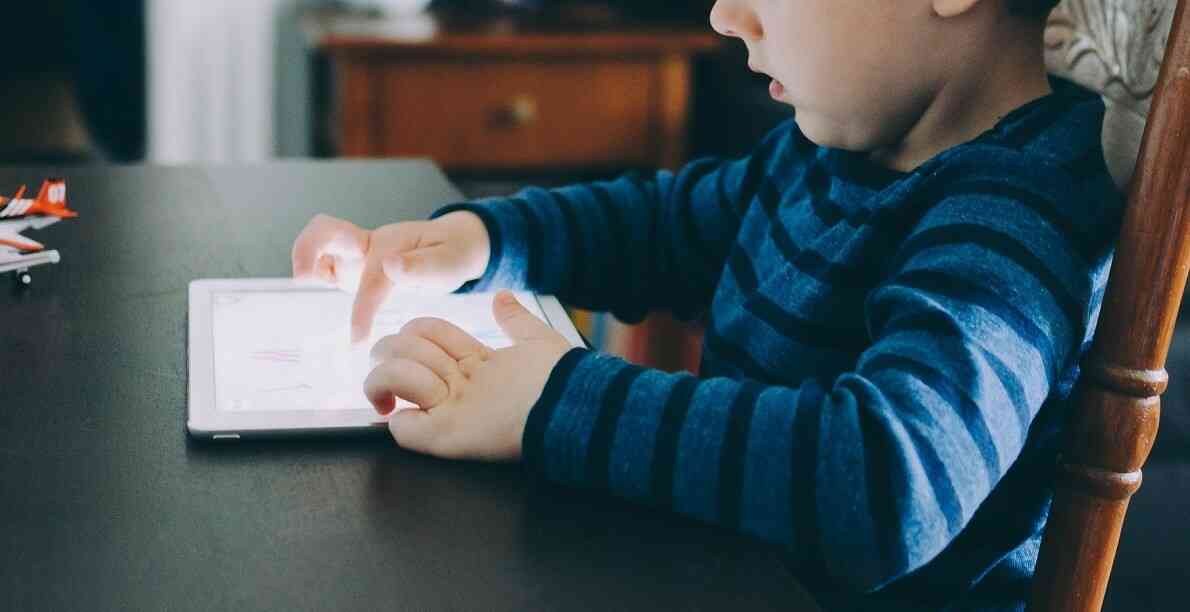Screen habits begin at an early age. Parents should take notice of how much time their children spend using a digital device.
Stats Show Children Spend Substantial Time in Front of Screens
The American Academy of Pediatrics recommends no screen time for babies and toddlers and limit time to less than an hour for kids up to 5 years old. Despite these recommendations, studies show that children spend much of their day in front of a digital device.
- Babies as young as 12 months are in front of screens for nearly an hour every day
- 3 year olds spend more than 150 minutes on digital device each day
- 8 year olds are exposed to nearly 90 minutes of screen time daily
- Older kids up to age 12 spend nearly 5 hours on screens every day, plus time spent doing school work
Impact of Screen Time
Too much screen time contributes to developmental delays. This is due in large part to kids spending more time with screens than exploring their surroundings, communicating face to face, and being cognizant of the world around them. Moreover, students who carry digital devices have a tendency to search for quick answers to questions rather than develop a deeper understanding of the subject matter.
Younger children need back and forth interaction. They learn from watching the people around them, listening to their parents, witnessing facial expressions, and developing social and emotional connections. Children who spend their waking hours on screens are deprived of these live interactions.
Babies as Young as 12 Months Get Nearly an Hour of Screen Time a Day
EducationWeek
What Is Too Much Screen Time for Kids?
Cleveland Clinic
Too Much Screen Time Harmful for Kids’ Development
Cleveland Clinic
Blue Light Blocking Glasses for Kids
While it’s a good idea to monitor the amount of time and content, the use of digital devices has become a part of children’s daily lives. We recommend buying a pair of blue light blocking glasses to help reduce eye fatigue, headaches and blurred vision.








Leave A Comment